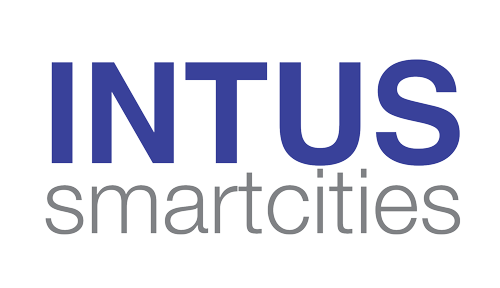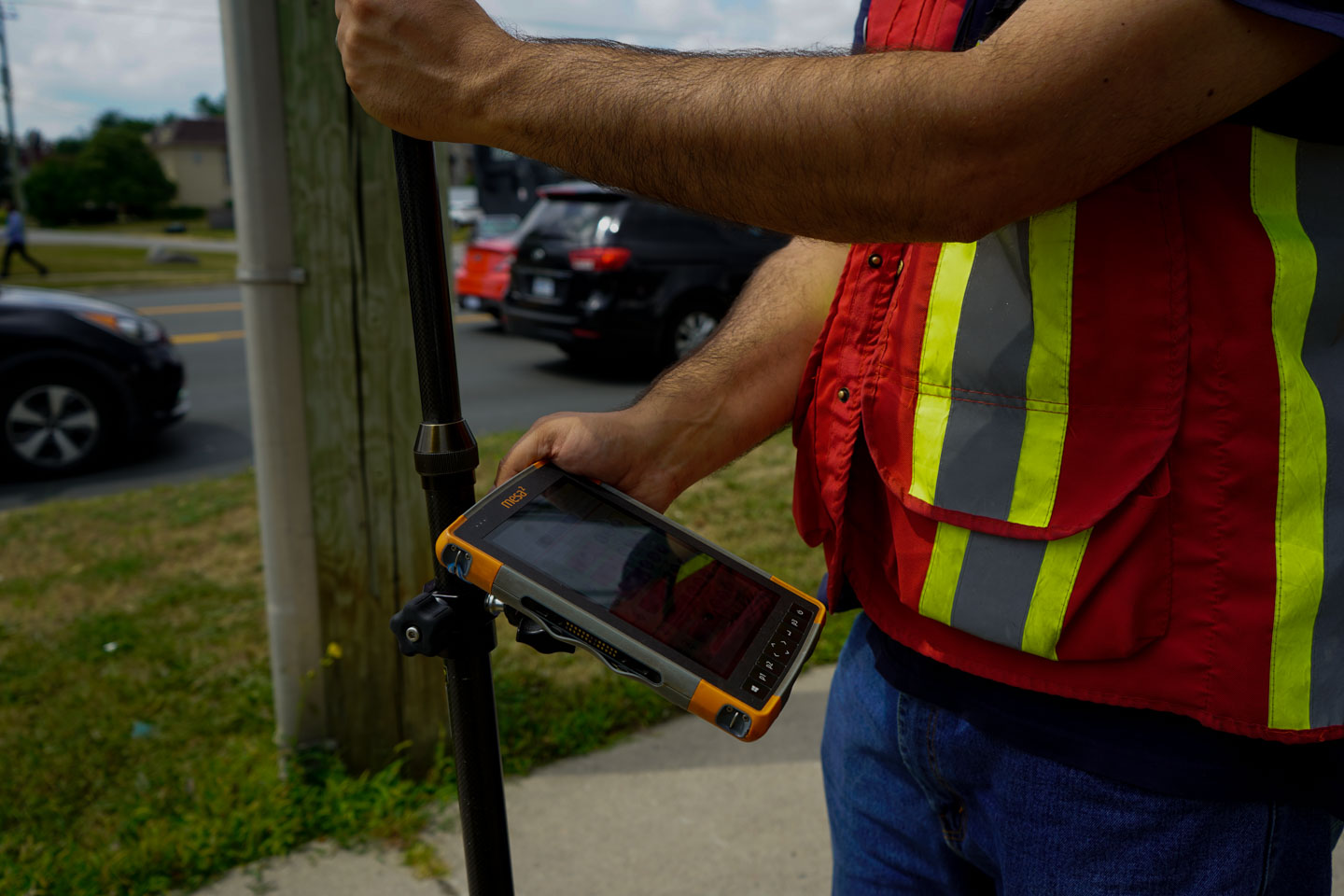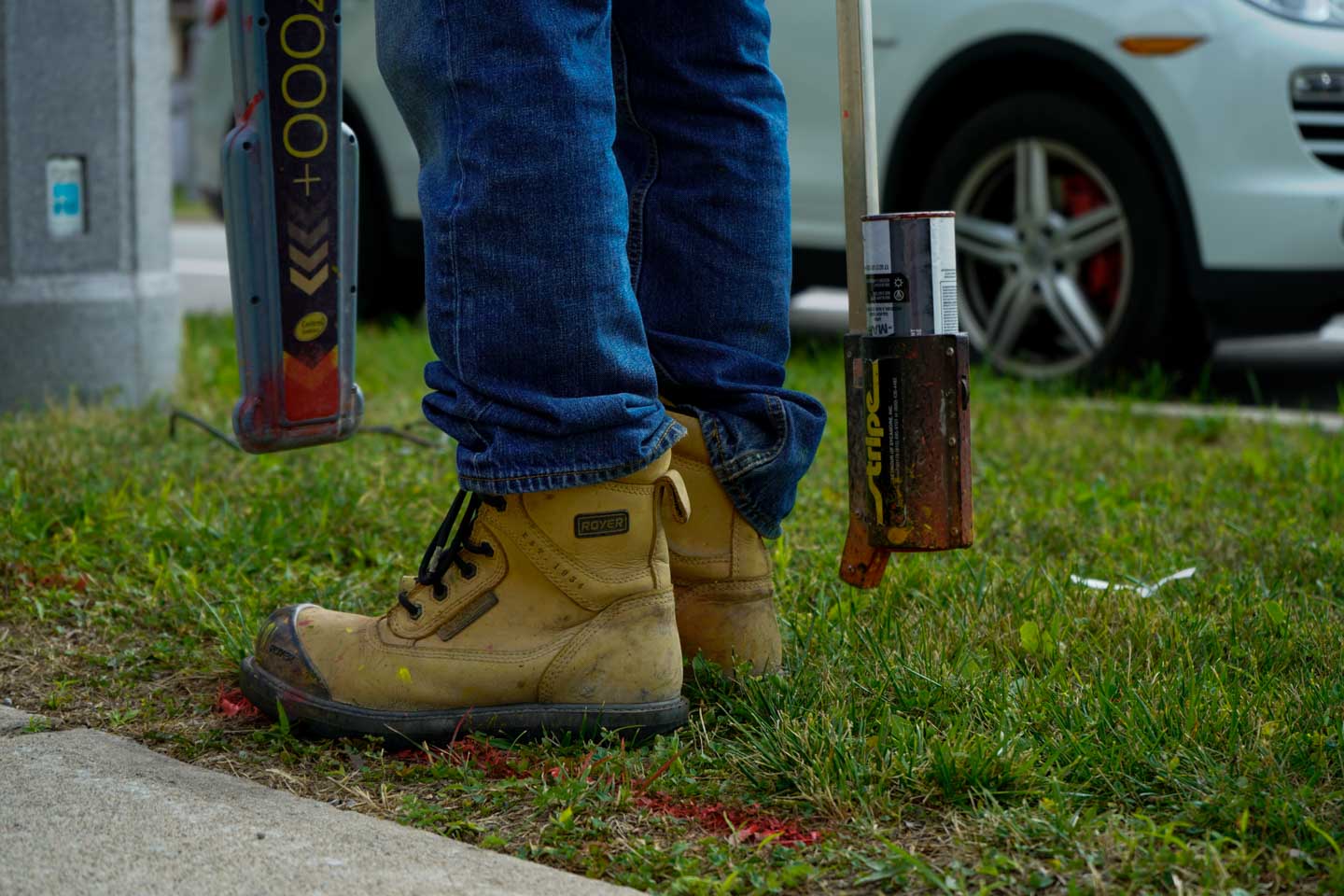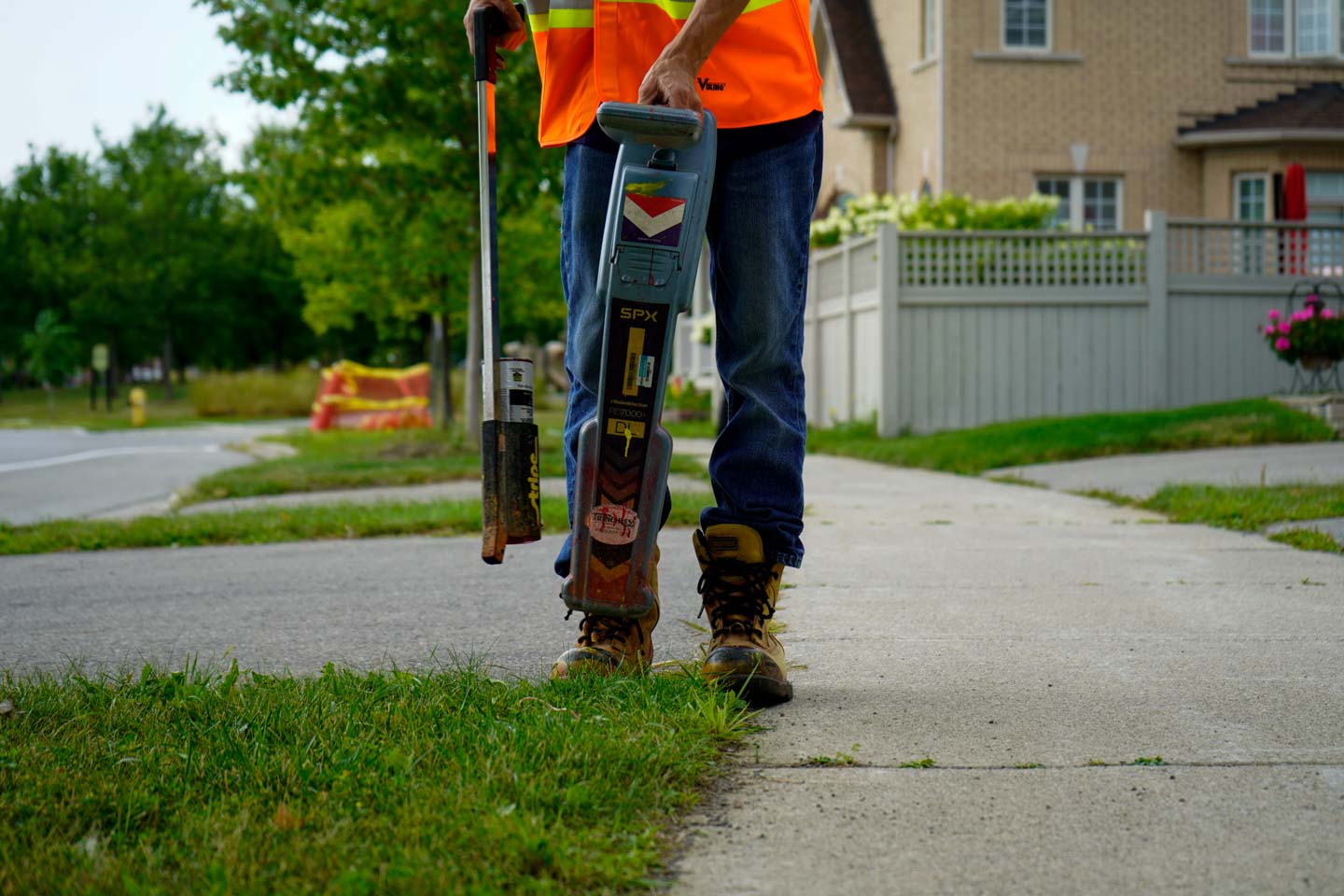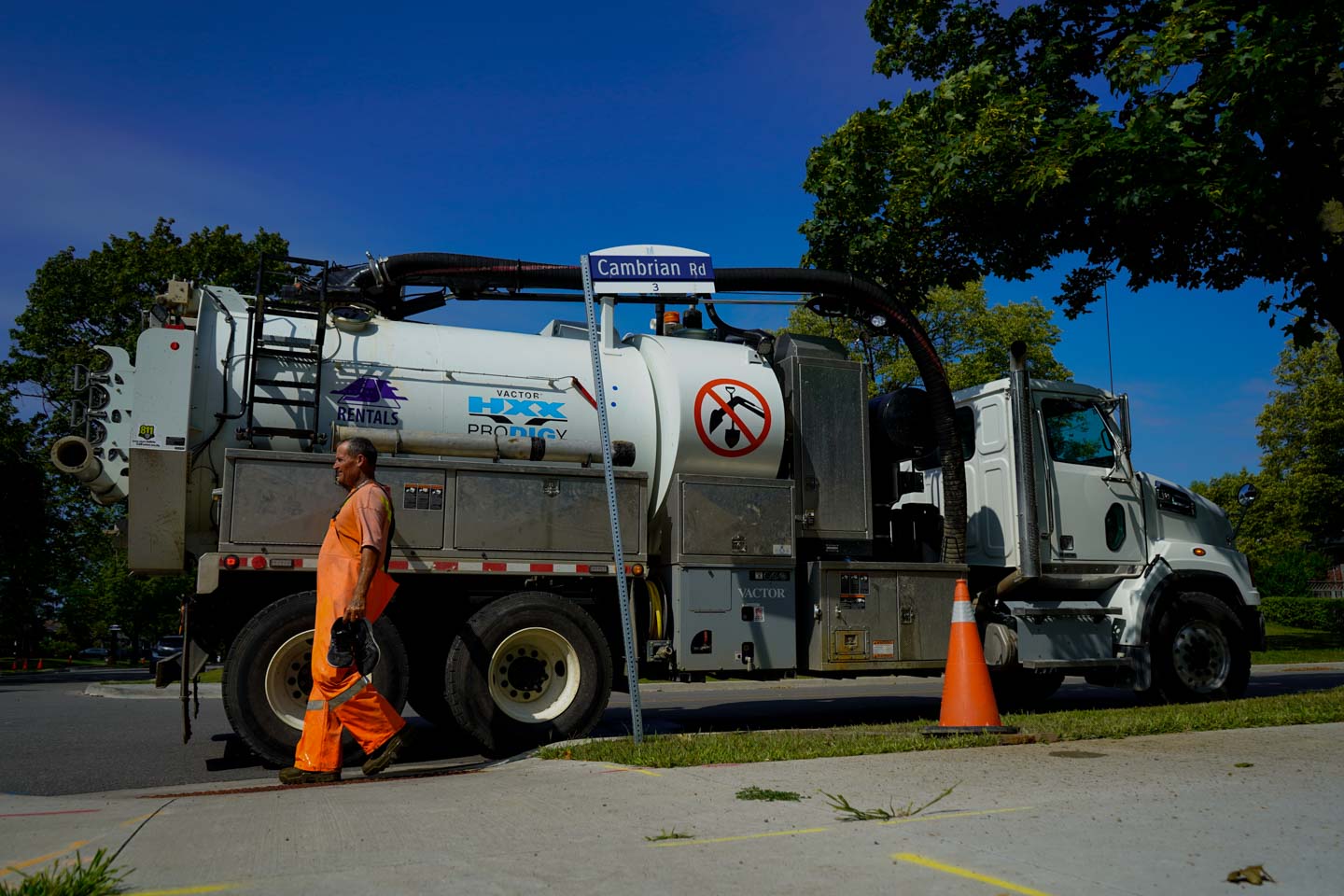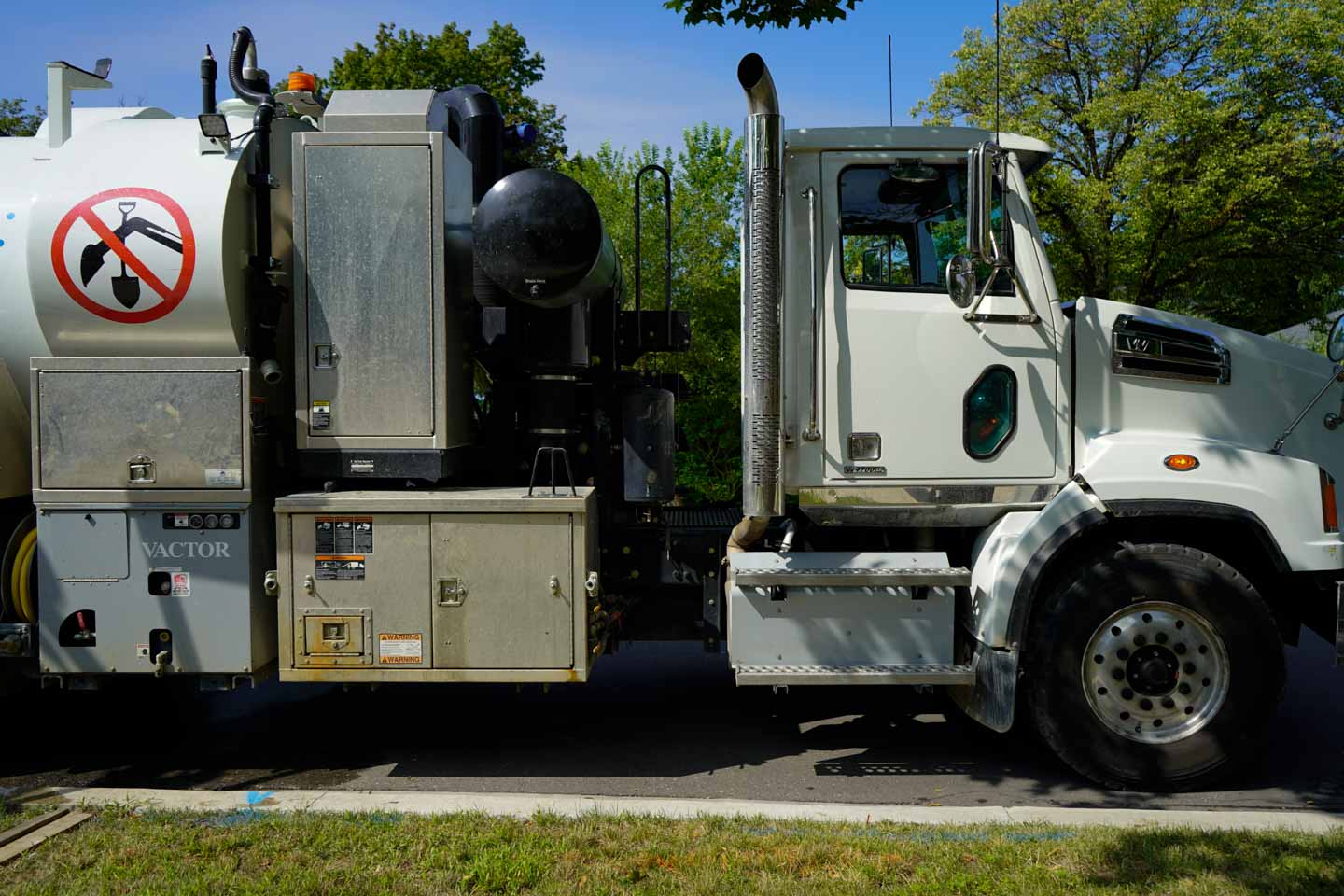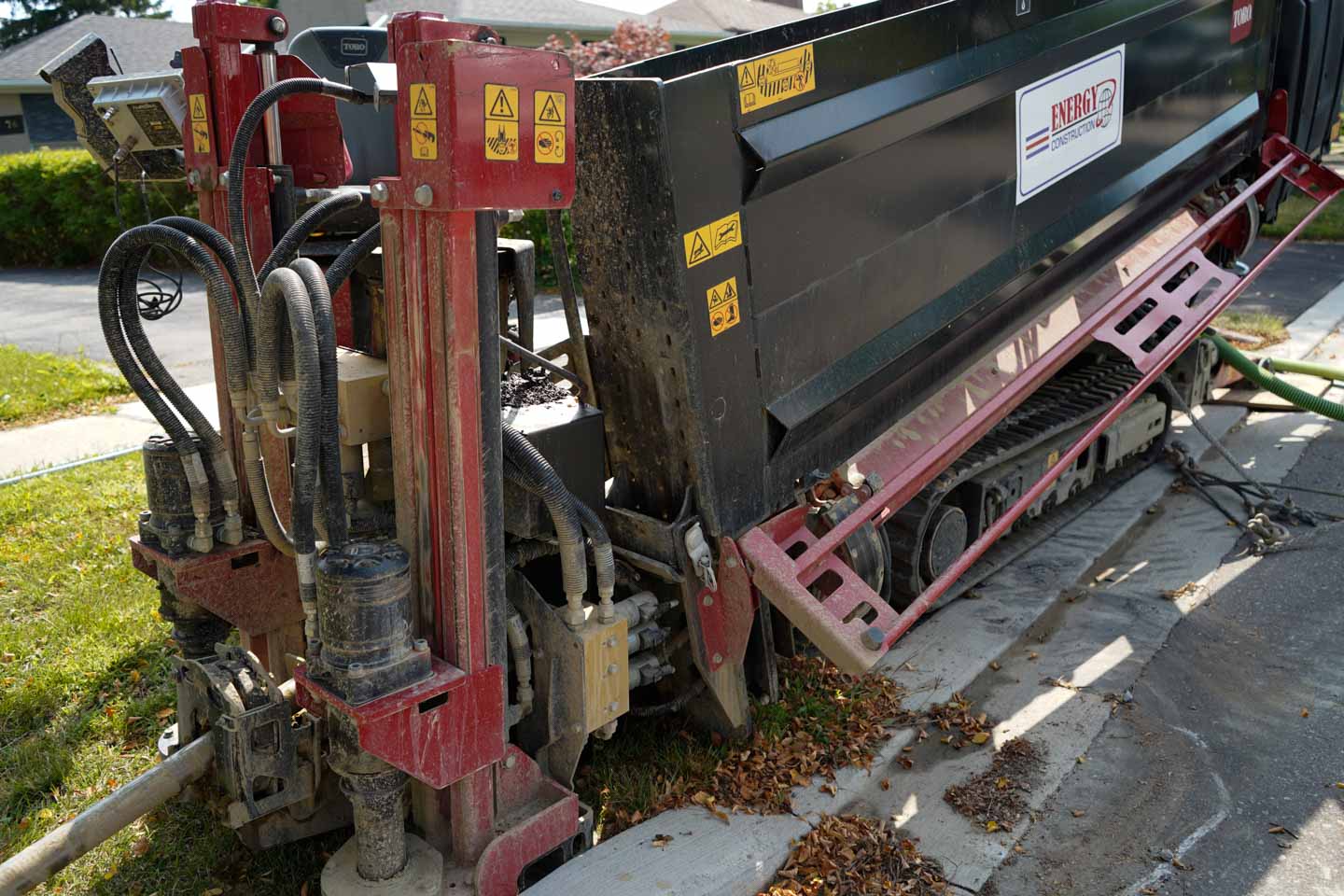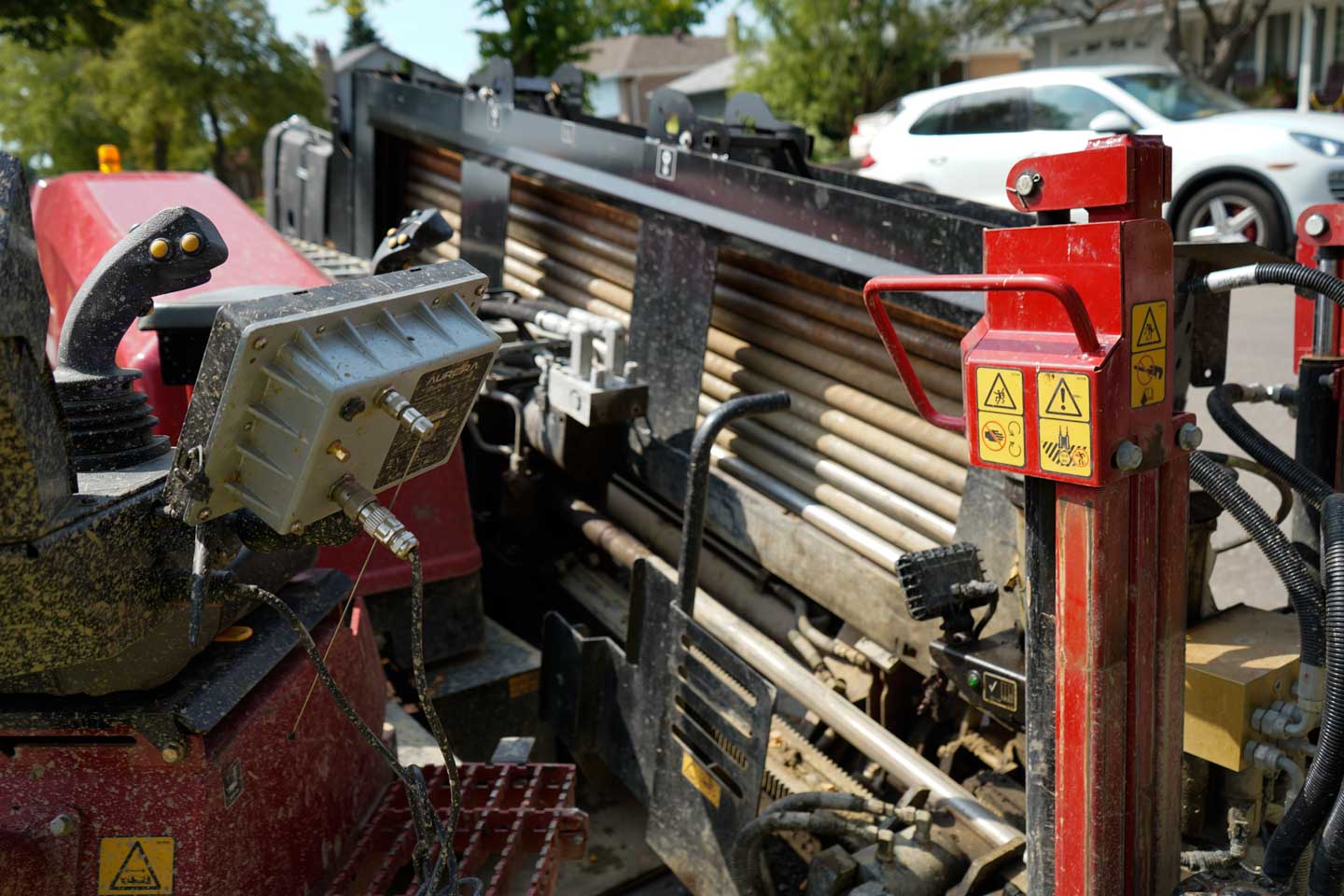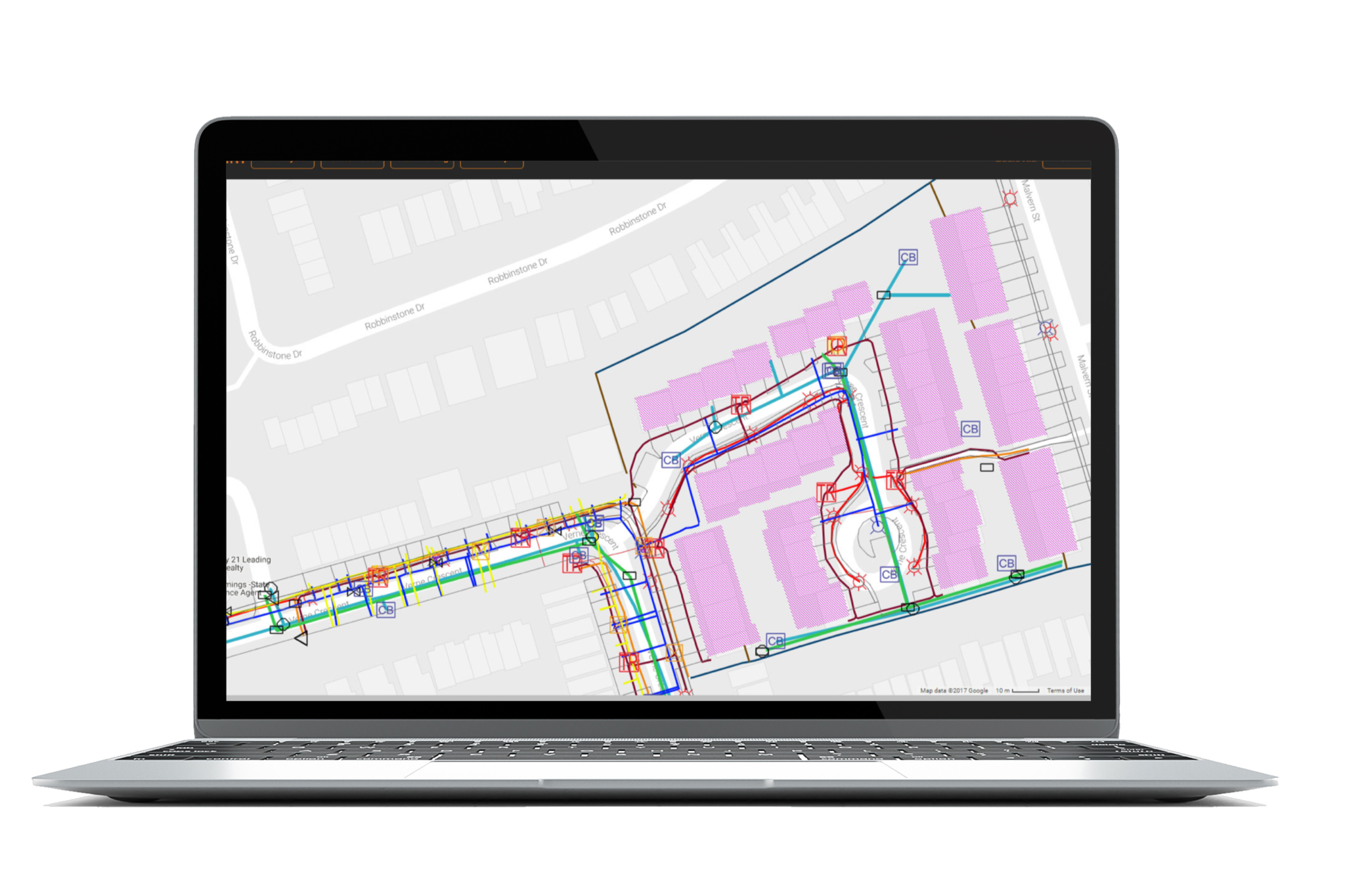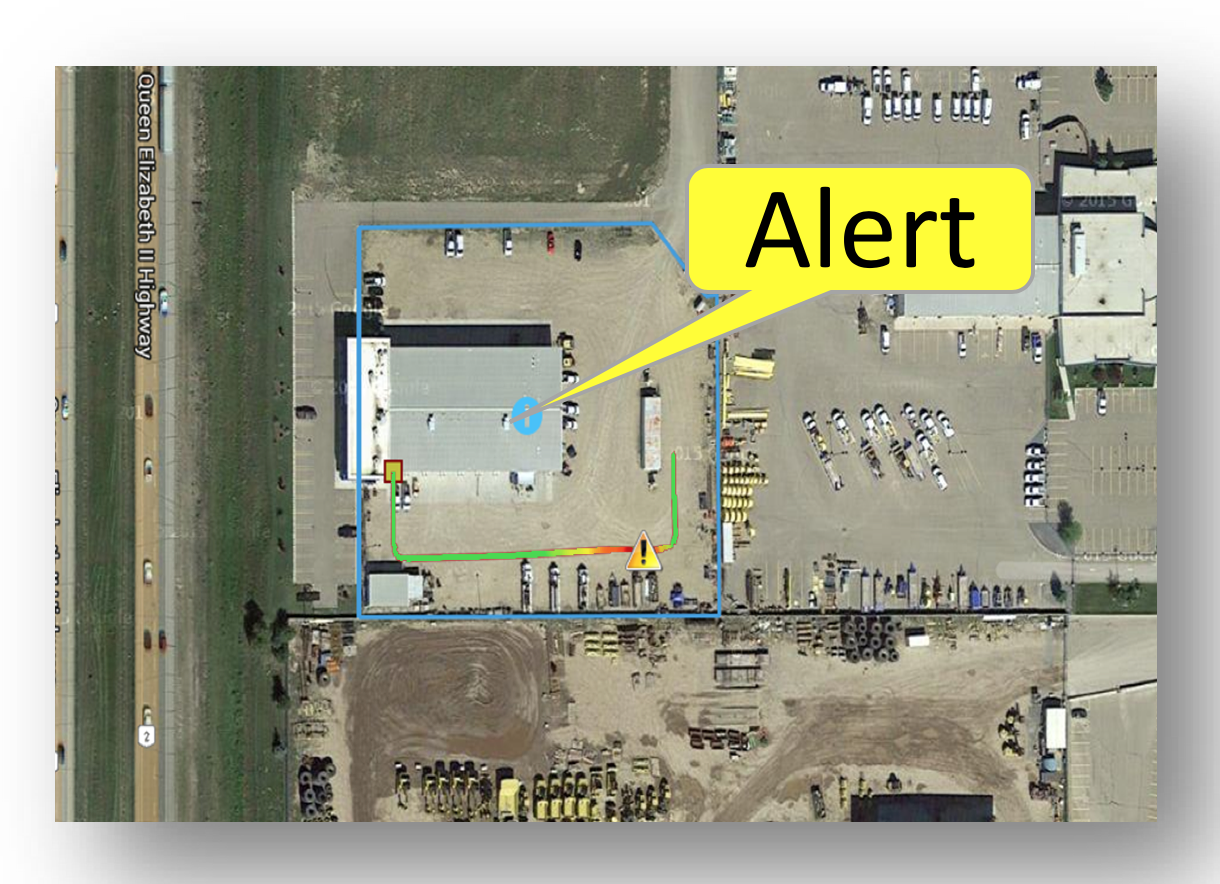
Imagine a world that rejected to adopt new technology, a world without the steam engine, without railroads, or worst of all..… without a vacuum. These technologies have helped us dynamically evolve as a global community and drastically shape our lives. The smart city industry looks to continue this trend, which is something we should welcome and adopt with open arms.
We must understand that we are living in a world that is constantly innovating and reimagining itself through the use of technology. Technology has revolutionized the global economy and has been used as a critical competitive strategy. Technology has helped us overcome major hurdles of globalization pertaining to trade, ethics, mobilization, and information, thereby changing the market place. Technology is not something to be scared of, it is the lifeblood of globalization. New forms of technological integration, primarily smart cities, are constantly growing and shaping the way in which people live and how firms offer services. Smart Cities and their integration are aiming to alter the ways in which citizens interact with their city and how municipalities serve the citizenry. Smart Cities have already garnered much attention and have already reached a market valuation well into the trillions.
Smart city tech has already began to help municipalities deal with their ever-growing complexities. Through their utilization of data, Smart cities help municipalities respond to everyday situations. This data enables cities to measure resources, respond swiftly to a myriad of circumstances, and create a viable blue print for the future. For example, public works such as maintenance will become much more efficient with the ability to monitor the health of utilities and the location of serviceman in real-time. This will empower municipalities to make superior decisions and a play a more active role in shaping the city’s overall performance. Cities such as Singapore, London, New York, San Francisco, and Chicago, are already taking the helm in regards to smart city adoption and integration.
……….So what’s the problem?
There has been some backlash as to wether this is just another “tech-fad” and if this is indeed something viable for cities. For decades we have been both skeptical and accepting of new developments in technology. This type of skepticism is nothing new and has been around for centuries. The printing press is a great example of this type of skeptical thinking. For those who don’t remember, the printing press was a device that allowed text and images to be transferred to paper by the means of ink. Before this invention, scribes produced writings and drawings paingstainkinly by hand. It seems obvious that this invention was immediately accepted….right?….wrong! Johannes Trithemius, a leading scholar in his time, predicted that the printing press would never last. In his essay “In Praise of Scribes”, he argued that handwriting was the moral superior to mechanical printing. It is obvious that Mr. Johannes’ luddite mentality did not prove correct; the printing press led to new mediums of communication and expression, making it one of the most influential inventions of the second millennium.
A more modern and mundane example is that of every single Apple keynote event. Apple will release either a new gadget or software and immediately people will take to social media and will try and discredit their innovations. Whether it comes from a vested interest, or just pure unadulterated skepticism, it is important to realize that this does not get us anywhere unless we adopt new forms of technology and do our part to help shape it. Software updates and new hardware is the result of people adopting and participating in these groundbreaking advancements. Just as we have trusted Google maps to help us get to our destination on time, and how we have trusted Siri to help us up set countless reminders, we must now put our trust in the new smart city domain.
We should revel in the fact that we are now presented with an an opportunity to participate in the next global technological revolution. If we are to be skeptical, lets use it as a point of discussion rather than one of discrediting. It is in our culture and genetics to adopt and adapt, and we should do so with open arms, by embracing smart cities and helping shape them the best we can.
– Ali Farhat, Writer, INTUS Smartcities

